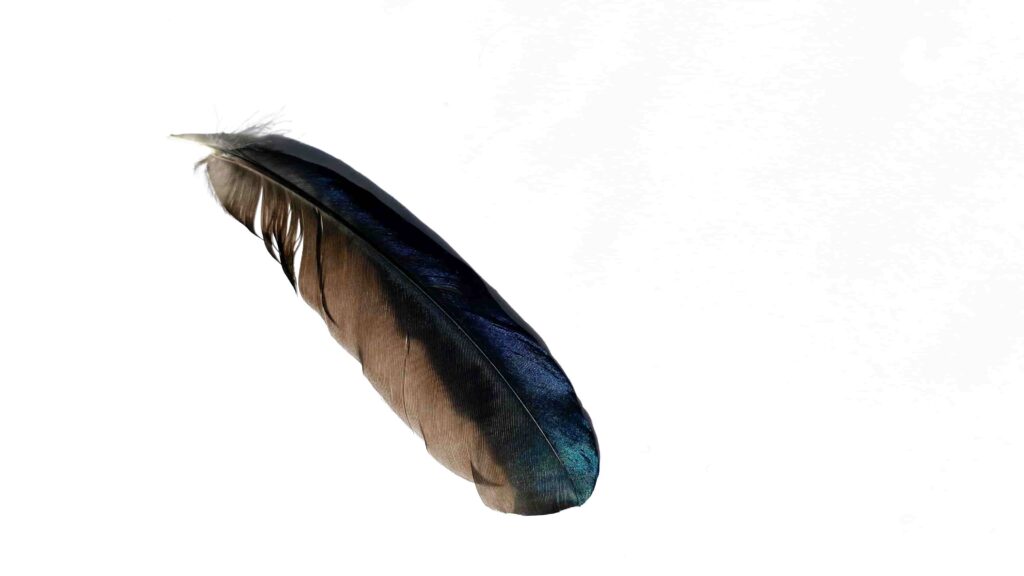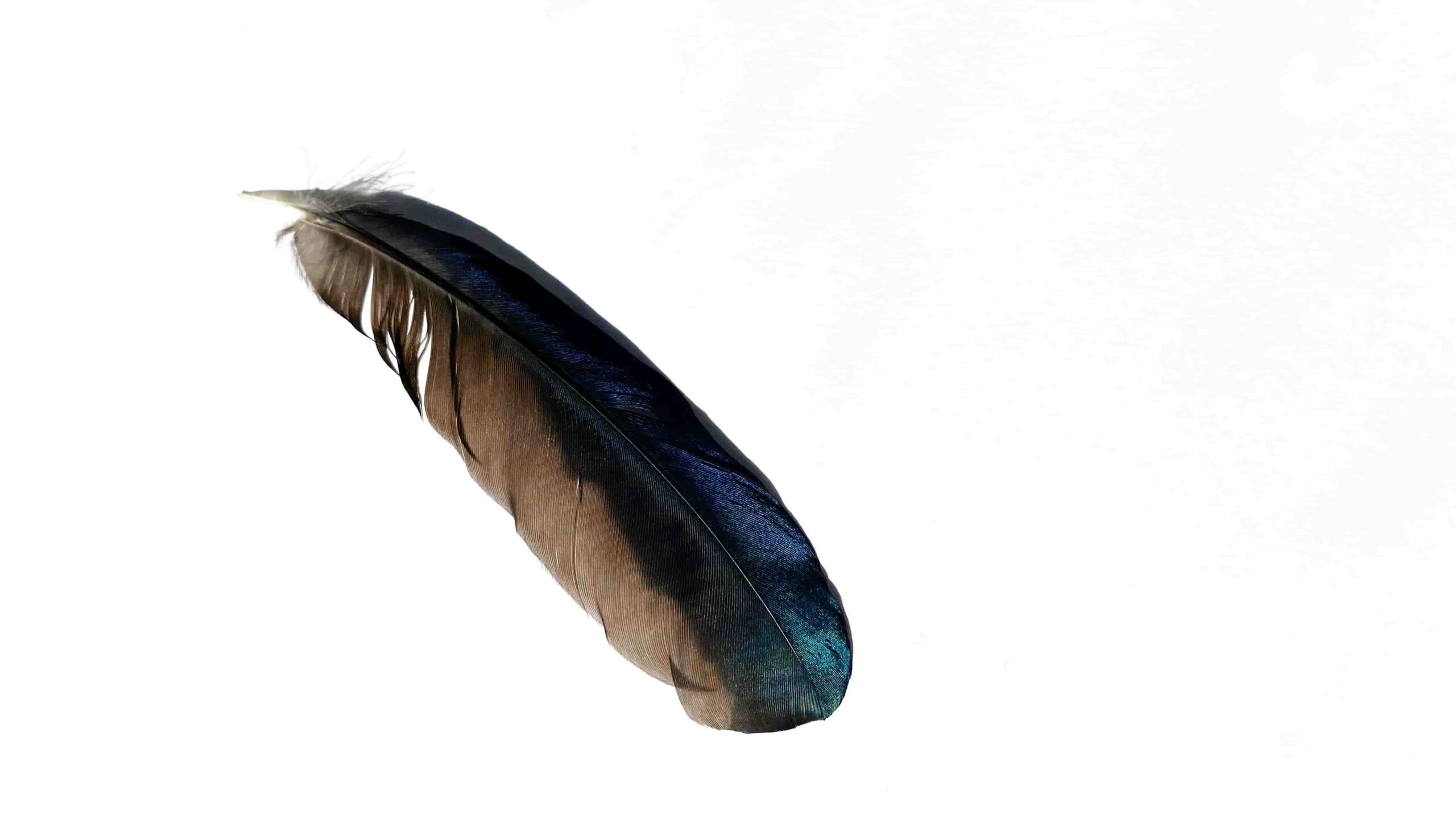
What is a molting bird?
A molting bird is a bird that is shedding its feathers and growing new ones. Molting is a natural process that all birds go through, and it typically occurs once or twice a year. Molting is necessary for birds to maintain their feathers, which are essential for flight, insulation, and protection from the elements.
During molting, a bird will shed its old feathers and grow new ones. This process typically begins at the head and moves down the body, with the bird shedding feathers on its head, neck, wings, and tail. The feathers will be replaced by new, undamaged feathers that are stronger and more resilient.
Why do birds go through the molting process?
One of the primary reasons that birds molt is to replace damaged or worn-out feathers. Over time, feathers can become damaged or worn due to exposure to the elements, such as wind and rain, or due to friction or abrasion. Molting allows birds to shed these damaged feathers and grow new, undamaged feathers in their place. This helps to maintain the bird’s flight and insulation abilities, and it helps to keep the bird warm and dry.
Another reason that birds molt is to maintain their appearance and attractiveness. Many birds have brightly colored feathers, which are important for attracting mates and signaling to other birds. Molting allows birds to replace their old, dull feathers with new, vibrant feathers, which can help to maintain their attractiveness and improve their chances of finding a mate.
Finally, birds may also molt in response to changes in their environment. For example, some birds may molt more quickly or extensively in response to changes in temperature or light levels, as this can help them to regulate their body temperature and prepare for the changing seasons.
How long does molting take?
The length of time it takes for a bird to complete its molting process depends on the species of bird and the conditions in which it lives. In general, most birds take several weeks to complete their molting, but some birds may take longer or shorter periods of time.
Molting can take several weeks to complete, and during this time, a bird may look disheveled and unkempt. This is because its feathers will be in various stages of shedding and growth, and it may not have a full, smooth coat of feathers. This can make the bird more vulnerable to predators and the elements, so it will often hide or seek shelter during molting.
The molting process typically begins at the head and moves down the body, with the bird shedding feathers on its head, neck, wings, and tail. The rate at which the bird sheds its feathers and grows new ones will vary depending on the species of bird and the conditions in which it lives. For example, birds that live in colder climates may molting more slowly than birds that live in warmer climates, as the colder weather may make it more difficult for the bird to grow new feathers.
In general, most birds will shed and regrow their feathers within a few weeks. However, some birds may take longer or shorter periods of time. For example, large birds, such as eagles and hawks, may take several months to complete their molting, as they have a large number of feathers that need to be shed and replaced. Smaller birds, such as sparrows and finches, may take only a few weeks to complete their molting.
Do all birds go through molting?
All birds go through a molting process, where they shed their old feathers and grow new ones. Molting is a natural process that occurs once or twice a year, and it is essential for maintaining the health and integrity of a bird’s feathers.
All species of birds go through molting, regardless of their size, shape, or habitat. This includes small birds, such as sparrows and finches, as well as large birds, such as eagles and hawks. Molting is necessary for all birds, as their feathers are essential for flight, insulation, and protection from the elements.


